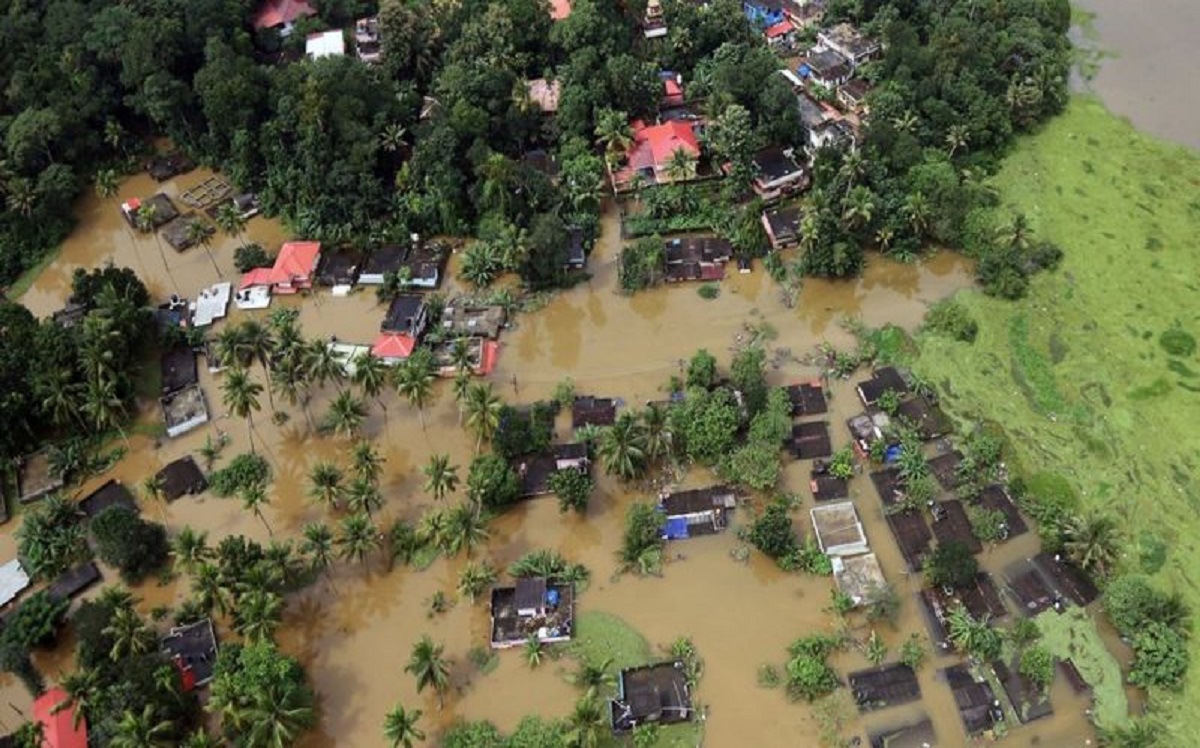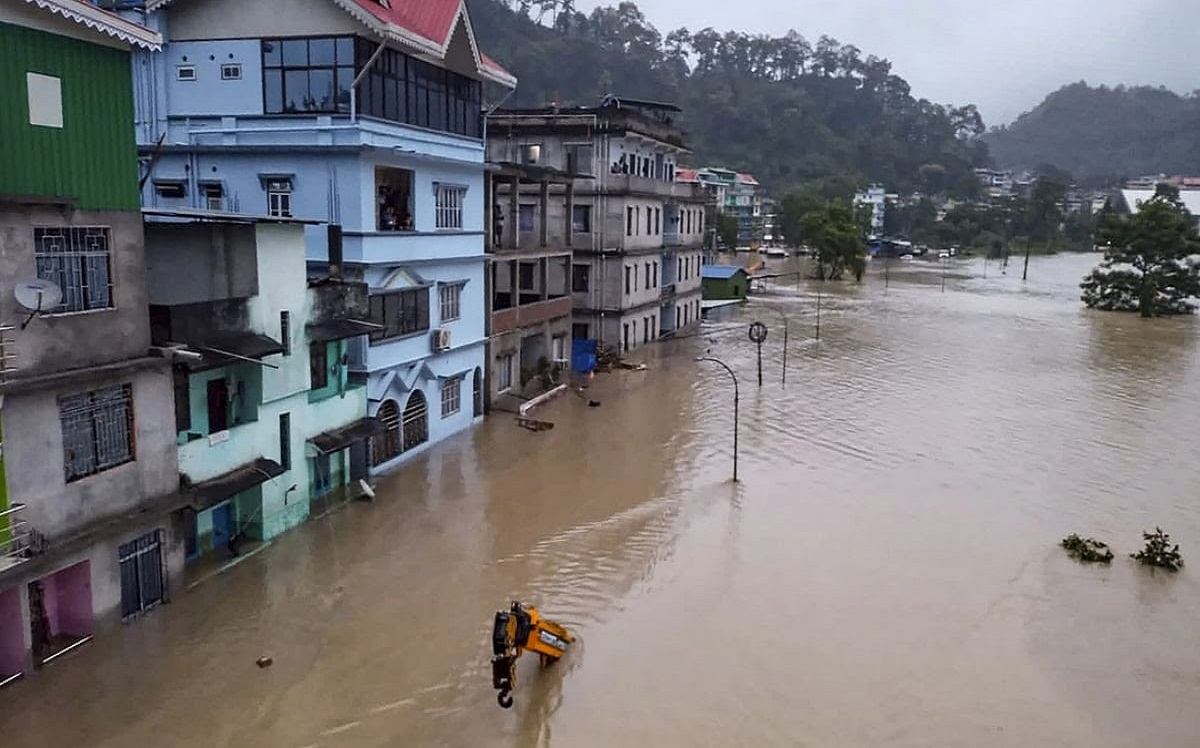Flash floods wreak havoc in Sikkim, causing great hardships for the residents of this state. A sudden and alarming rise in the levels of water in the River Teesta resulted in its unusual overflow. The release of water from the river dam exacerbated the state of affairs. The floods originated in Singtam, a town in the capital city of Sikkim, after a cloud burst. Residents, including many army personnel, have gone missing in the flash floods. More than 20 army personnel’s vehicles were swept away by the floodwaters. The flood also washed away eight major bridges and many other roadways, including parts of national highways. As per the latest reports, three residents have lost their lives. More than 15,000 people have been affected by the floods so far. Many residents in Northern Sikkim have been evacuated to the safer parts of West Bengal.
“Emergency services have been mobilized to the affected areas, and I personally visited Singtam to assess the damages and engage with the local community.” The Chief Minister of the State, Prem Singh Tamang Golay, posted on X (previously Twitter). He urges the entire population residing in the state to remain vigilant and avoid unnecessary travel during this critical time.

Other administrative officials and senior political leaders, including West Bengal CM Mamata Banerjee, have also expressed their concern over the current crisis in Sikkim. The Indian Meteorological Department forecasted heavy lash downs over the next few days, creating a red alert situation not just in Sikkim but also in other neighboring states like West Bengal and Jharkhand. Both the government and the people are working collaboratively to bring the situation back to normalcy.
Frequent floods in India
Floods have been a frequent thing in India since time immemorial. Both high- and low-intensity downpours and floods happen from time to time, causing short-term as well as long-term difficulties among the people. The Lucknow flood in 1923 was one of the earliest recorded floods in the history of India. The major reason for the floods in India was heavy rainfall during the monsoon season.
But today, as we move into an era of climate change, its aftereffects come our way, such as heavy floods, droughts, and many other natural calamities. It has become impossible to predict the time and depth of these natural calamities. The change in the pattern of the season is the main reason for it.

For instance, the state of Kerala, which used to get monsoon rain from the period of June to September, referred to as the South-West monsoon, has received a very small percentage of rainfall in 2023 during this time period. In 2018, due to unusually heavy rainfall, Kerala was flooded, and as many as 483 people lost their lives. This is not just with Kerala; many other states have also faced similar unusual deficiencies and surpluses in rainfall over the past few years. Climate change resilience is not easy, and achieving this will only moderately reduce the harm that these unexpected natural calamities cause to people, as it is just a process of adjusting to the effects of climate change.
National Disaster Management Authority
Headed by the Prime Minister of India, the National Disaster Management Authority (NDMA) is the supreme authority for disaster management in India. It is located in New Delhi. Since its origin, NDMA has been playing a vital role in coordinating relief efforts, issuing warnings, and giving guidance to reduce the impacts that these floods cause on society. NDMA also works and collaborates with other bodies and agencies of the central, state, and local governments to successfully manage many disasters, including flood-related ones. Other than the NDMA, the NDRF, or National Disaster Response Force, also plays a significant role in mitigating the impacts of floods.
Floods can cause a wide range of problems among the public, including the loss of homes and personal belongings, occupations and livelihoods, and even one’s own life.



